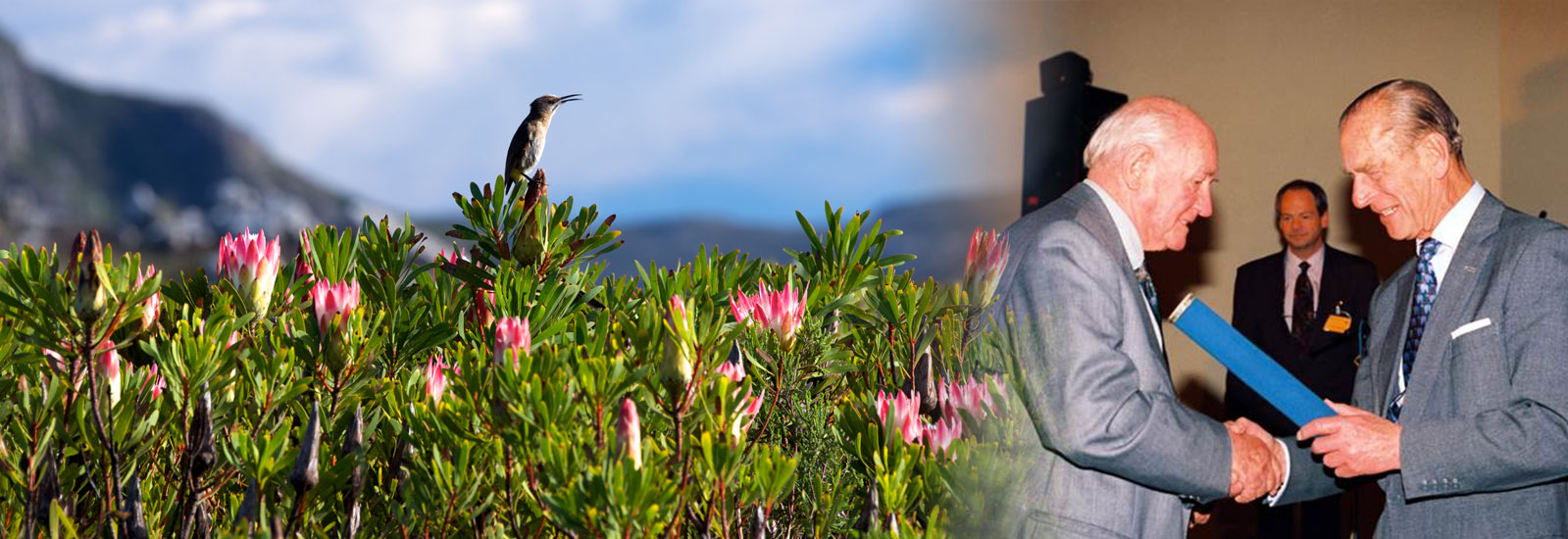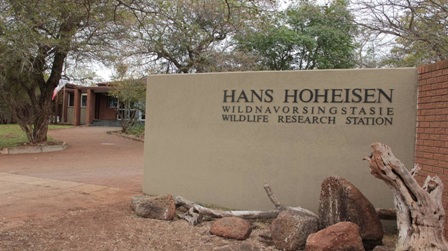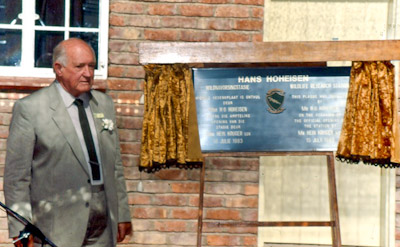


Hans Hoheisen had an enduring passion for indigenous fauna and flora, pioneering groundbreaking approaches to conservation through his generous philanthropic practice. His valuable work continues through the substantial bequest he made to the Hans Hoheisen Charitable Trust, managed by Nedgroup Trust (Pty) Ltd.
Hans was born in Braamfontein and spent much of his childhood on a farm in Hectorspruit near the southern border of the Kruger National Park. His father, Alfred Hoheisen, was a German building contractor who made his fortune in the mining infrastructure boom following the Anglo Boer War. He also invested in property, buying five farms in the Timbavati region on the western boundary of Kruger. When Hans inherited the farms, he donated the 15 000 hectares to the World Wildlife Fund Southern Africa (WWF-SA). The donation was the largest of its kind in the world and in many respects, unprecedented, as it represented the first expansion of the park since 1926 and was also the first private nature reserve to be incorporated into Kruger.
The donation, made on his 85th birthday in 1990, prompted the following tribute from Nelson Mandela:
“On this day it is you who should be receiving gifts but instead – and it is a measure of your commitment to conservation and this country – you have presented the nation with a magnificent gift of enduring and immeasurable value.”

The fence between Timbavati and the Kruger National Park was taken down in 1993, significantly enlarging the area of the Greater Kruger National Park allowing animals the freedom of movement and access to more diversified grazing lands.

Hans also donated the Ngala farm to the WWF-SA, which today comprises the Ngala Private Nature Reserve and luxury camp. The proceeds were used to expand the West Coast National Park, the Mountain Zebra Park and the Karoo National Park. Hans was also instrumental in establishing the Southern African Wildlife College. He donated the land and persuaded the German government to build the college. And in conjunction with Peace Parks Foundation, Hans initiated the formation of the internationally acclaimed Hans Hoheisen Wildlife Research Centre near the Kruger Park’s Orpen Gate. He was notably the first private land owner to allow University of Pretoria veterinary students to do research and field work on his property.
Hans was a visionary who understood the need for wildlife research, education and training as part of biodiversity conservation. At his funeral, his close friend and fellow conservationist Dr Anton Rupert paid him the following tribute: “In his quiet, humble way, without publicity, he made an impact in the conservation arena which will leave our children in awe for decades to come.”
In his will, Hans stipulated that a significant portion of his very substantial estate should be transferred into the Hans Hoheisen Charitable Trust and managed by Nedgroup Trust (Pty) Ltd solely for the preservation and conservation of fauna and flora in South Africa. Only public benefit organisations were to be awarded funds from the Trust which has grown by well over R200 million to R+500 million, making it one of the largest private trusts supporting conservation in South Africa.